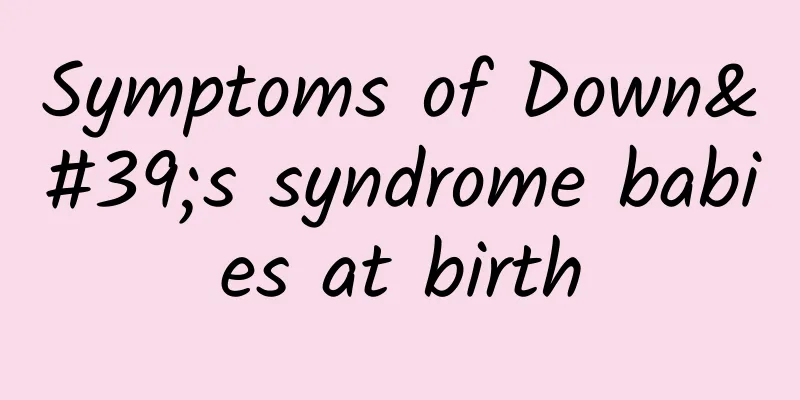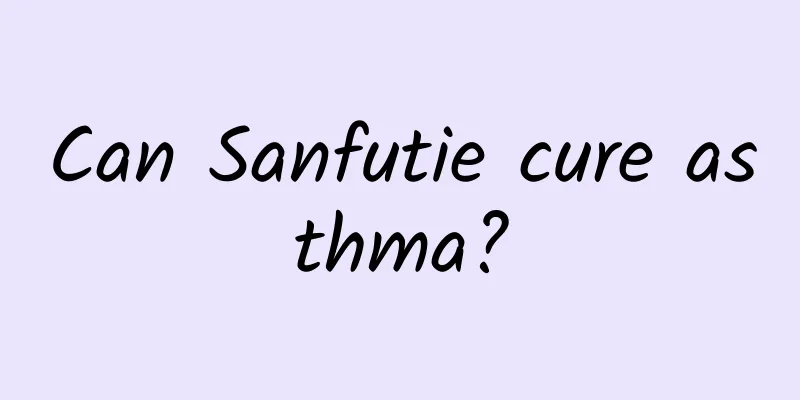Can fresh Schisandra be eaten?

|
Many people know that Schisandra chinensis is a traditional Chinese medicine. In fact, Schisandra chinensis is also a kind of fruit. In daily life, everyone likes to eat medicinal food. Schisandra chinensis is a traditional Chinese medicine that is often used in diet. Some people like to use Schisandra chinensis to make soup and nourish the body. Some people like to use Schisandra chinensis to soak in water. There are many ways to eat Schisandra chinensis. Different ways of eating have different effects. So can fresh Schisandra chinensis be eaten? Can fresh Schisandra be eaten? Fresh Schisandra chinensis is edible. It is a delicious fruit that can be washed and eaten raw. It is also an excellent Chinese medicinal material and can be made into dried Schisandra chinensis. In addition to being sold as Chinese herbal medicines in pharmacies across the country, it is also used in various types of foods and health foods. Such as beverages, health wine, seasonings, candied fruits, preserved fruits, etc. The schisandra chinensis is washed, soaked to swell, then boiled, filtered, and concentrated to make schisandra chinensis extract. The schisandra chinensis juice made in this way is sweetened by adding rock sugar and honey, and other fruit juices and yogurt are added to adjust the flavor. Even ferrous gluconate can be added to strengthen iron supplementation. You can also add schisandra juice when making tea or coffee to make schisandra tea or schisandra coffee. Put the clean Schisandra chinensis into a glass container with a stopper lid, add a proper amount of wine (usually low-alcohol white wine or yellow wine), and prepare it in a ratio of 1:5 to 1:10 according to the amount of water absorbed by the medicinal material. Seal and soak it, shake it once a day or every other day, and filter it with gauze after 14 to 20 days. To correct the taste, add an appropriate amount of rock sugar or white sugar. The medicinal residue can be soaked in wine 1 to 2 times. It is generally recommended to take it warm before meals and drink the appropriate amount each time. It can treat neurosis such as insomnia, dizziness, palpitations, forgetfulness, fatigue, irritability, etc. Put fresh Schisandra fruits into a large vat and bury it in a cellar. After 5 years of long fermentation, it becomes Schisandra honey with five flavors: sweet, sour, bitter, spicy and salty. It tastes sweet and sour and is very delicious. It can be eaten directly, made into tea, or used as a medicinal food in a variety of ways. It is said that local elderly people on Jeju Island in South Korea rely on eating Schisandra chinensis to replenish qi and blood, strengthen muscles and bones, and prolong life. Proven prescription of Schisandra chinensis as medicine To treat diarrhea at dawn: 9 grams of Schisandra chinensis, 9 grams of Psoralea corylifolia, 6 grams of Nutmeg, 6 grams of Evodia rutaecarpa, and 6 grams of jujube meat (cook the jujube and ginger together, then remove the ginger). Make into pills, 9 grams each, take twice a day with light saline. It is mainly used to treat early morning diarrhea caused by spleen and kidney yang deficiency. To treat enuresis in children: Grind up equal parts of Schisandra chinensis, Galla chinensis and Cuscuta australis, mix with water into a paste, apply to the navel, and remove the paste the next morning. For treating neurasthenia and fatigue: fry and grind 90g of Schisandra chinensis into powder, then soak it in 500ml of white wine for 72 hours. Take 10 ml each time, twice a day; or 30 grams of Schisandra chinensis and 12 grams of Cornus officinalis, fry and grind into powder, and take with rice soup. For treating excessive sweating due to physical weakness: 9g each of Schisandra chinensis and Ophiopogon japonicus, and 12g of oyster. Take it in decoction, one dose per day. For the treatment of chronic bronchitis: 3 grams of Schisandra chinensis, 3 grams of bitter almond, 3 grams of licorice, and 3 grams of ephedra. Take it in decoction, one dose per day. It should be noted that after taking Schisandra chinensis, you may experience discomfort such as hiccups, acid reflux, stomach burning sensation, intestinal rumbling, drowsiness, and occasional allergic reactions. Schisandra chinensis is slightly toxic and may increase respiratory rate and amplitude, and has a blood pressure lowering effect. It is best to consume under the guidance of a Chinese medicine practitioner. |
<<: The efficacy and function of steamed Schisandra chinensis
>>: What are the effects and functions of plasters?
Recommend
How long does it take for Dendrobium officinale to take effect?
Dendrobium candidum is a very precious Chinese he...
What causes genital herpes to recur?
Genital herpes is a common sexually transmitted d...
Does a baby who loves to frown have cerebral palsy?
If a baby likes to frown, it does not necessarily...
What is better to eat if you suffer from kidney deficiency caused by masturbation? Kidney deficiency recipes
Everyone has been young and frivolous. Many peopl...
What is plum pit qi?
I believe many people are familiar with plum pit ...
Does hernia during pregnancy affect the fetus?
Symptoms of hernia in women generally do not affe...
Effects and functions of fresh ginseng wine
What are the benefits of soaking fresh ginseng in...
How to treat vertigo? TCM syndrome differentiation treatment is effective
There are many adverse factors that cause vertigo...
10 details in your life will make you more fertile!
Every woman has different physical constitutions,...
The dangers of fat grafting on the face
Today's technology is becoming more and more ...
What causes the obvious blue veins on the breasts?
Many women find light blue meridians, commonly kn...
How long should you stop taking vitamin C?
Vitamin C is a nutrient needed by the human body....
Polyps on the eyeball
Polyps are small tumor-like protrusions that form...
Can Cassia Seed Lower Blood Pressure?
Cassia seed is a common food therapy product in p...
Small coronary artery-pulmonary artery fistula
Anyone with a little medical knowledge knows that...









